A Guide to BDSM—Beyond What ‘50 Shades of Grey’ Taught You

If your entire understanding of BDSM begins and ends with Christian Grey’s faux-kinky contracts in 50 Shades of Grey, you’ve missed the plot. On Barely Filtered, host Aurora Culpo sits down with Anna Kai to unpack what real power exchange play looks like—and why Hollywood keeps getting it wrong.
Early on, Culpo laughs about a stranger who offered to edit her podcast videos for free because he “really enjoy[s] a dom sub subservient, like, dynamic,” which opens up the door to a candid conversation about consent, boundaries, and the myths mainstream media keeps selling about the practice. Kai isn’t convinced the stranger’s offer is harmless. “There is no such thing as a free lunch,” she warns, pointing out that transactional sex—and transactional service—is rarely as simple as it sounds.
By the time Culpo admits, “If he gets off on helping me get sh*t done, by all means,” listeners are primed for a deeper dive into why authentic BDSM culture runs on explicit communication, enthusiastic consent, and a lot more emotional intelligence than any fake billionaire romance ever showed.
Forget the silk ties—BDSM is safe, sane, and consensual
Long before anyone reaches for a rope, seasoned kinksters talk. As Culpo reads from her chat notes, “In a healthy…dominant sub-dom dynamic, the submissive partner often gets just as much, if not more, out of the relationship as the dominant one.” That balance happens because partners negotiate everything—from safe words to after-care—up front.
Psychology Today echoes the point—the community’s mantra is safe, sane, and consensual. Bondage, discipline, dominance, submission, sadism, and masochism only fly when every participant understands the scene and can stop at any moment.
Power exchange doesn’t mean powerlessness
There is a common misconception that the submissive has “no control.” But Culpo notes that subs often seek relief from decision making and “feel deeply held, seen, and protected because the boundaries have been clearly defined and respected.” Handing authority over for a set period is a choice—one that can be profoundly liberating, especially for high-stress CEOs who need a break from making big decisions.
Kink is not a trauma response
Kai admits she’s “wholly uneducated on this whole kind of alternative lifestyle,” yet mainstream myths persist—people who enjoy BDSM must be damaged or abuse survivors. Research says otherwise; multiple surveys show no higher rates of adverse childhood events among kink practitioners than the general public. Enjoying high sensation or role play is simply another point on the sexual bell curve.
Why the “50 Shades” fantasy still misses the mark
Kai critiques a high-profile dom/sub arrangement, calling it “two very, very emotionally damaged people trying to compensate therapy with sex.” That snap judgment highlights a Hollywood-driven bias: conflating toxic control with consensual kink. In truth, authentic BDSM relationships thrive on mutual respect. Domination without consent is just abuse.
Safe, sane, consensual—full stop
Culpo’s curiosity leads her to ask what both partners gain from the relationship. She quotes her notes again. “Some subs find peace and even pleasure in surrender and control,” she reveals. Top-space and sub-space—the meditative, floaty states many players describe—can be as powerful as any runner’s high. But they’re only possible because safety nets, such as negotiated limits, safe words, and thorough aftercare, keep everyone grounded.
BDSM novices aren’t “doing it wrong”—they’re learning
Kai worries that newbies might stumble into trouble without education, and she isn’t wrong. Psychology Today stresses that beginners who skip kink-aware mentors or resources risk blurring lines between fantasy and harm. Luckily, reputable workshops, conferences, and online forums teach everything from knot safety to emotional aftercare.
Why therapists need to get kink-aware
The stigma doesn’t just reside in pop culture; it also appears on clinicians’ couches. Culpo and Kai point out that many mental health pros still pathologize clients’ kinks. Yet most people seeking therapy do so for the same reasons everyone else does—anxiety, work stress, and stale relationship communication. Continuing education in sex-positive practice helps therapists serve, not shame, their clients.
A BDSM primer for the curious—and the cautious
- Begin with research, not role-playing. Read trusted resources, attend workshops, and talk to experienced players.
- Negotiate every scene. Limits, desires, safe words—get them in writing if it helps.
- Prioritize after-care. Emotional decompression keeps play partners connected and safe.
- Keep checking in. Boundaries evolve; communication should, too.
As Culpo reminds Kai, “We’re calling it sub-dom and making it seem like this underground sexual thing, but I know plenty of sub-dom relationships that call themselves normal married couples.” Strip away the stigma, and BDSM is simply another way consenting adults choose to connect.
Read Next
- The Truth About Trad Wives is an Ugly One
- Why Do Some Men Struggle With Dating Powerful Women?
- The ‘House of Villains’ Season 3 Cast is Here, & This Just May Be the Messiest Season Yet











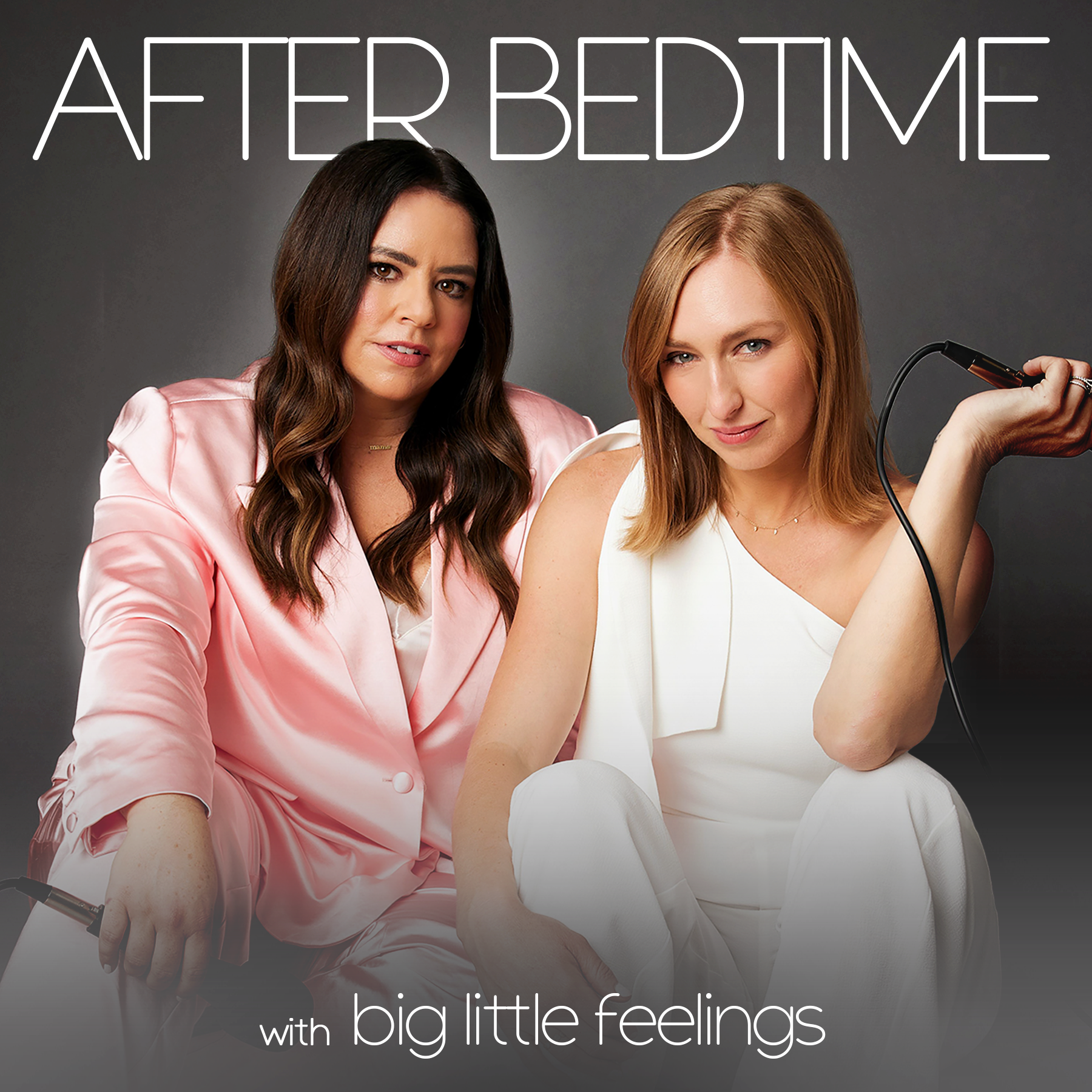


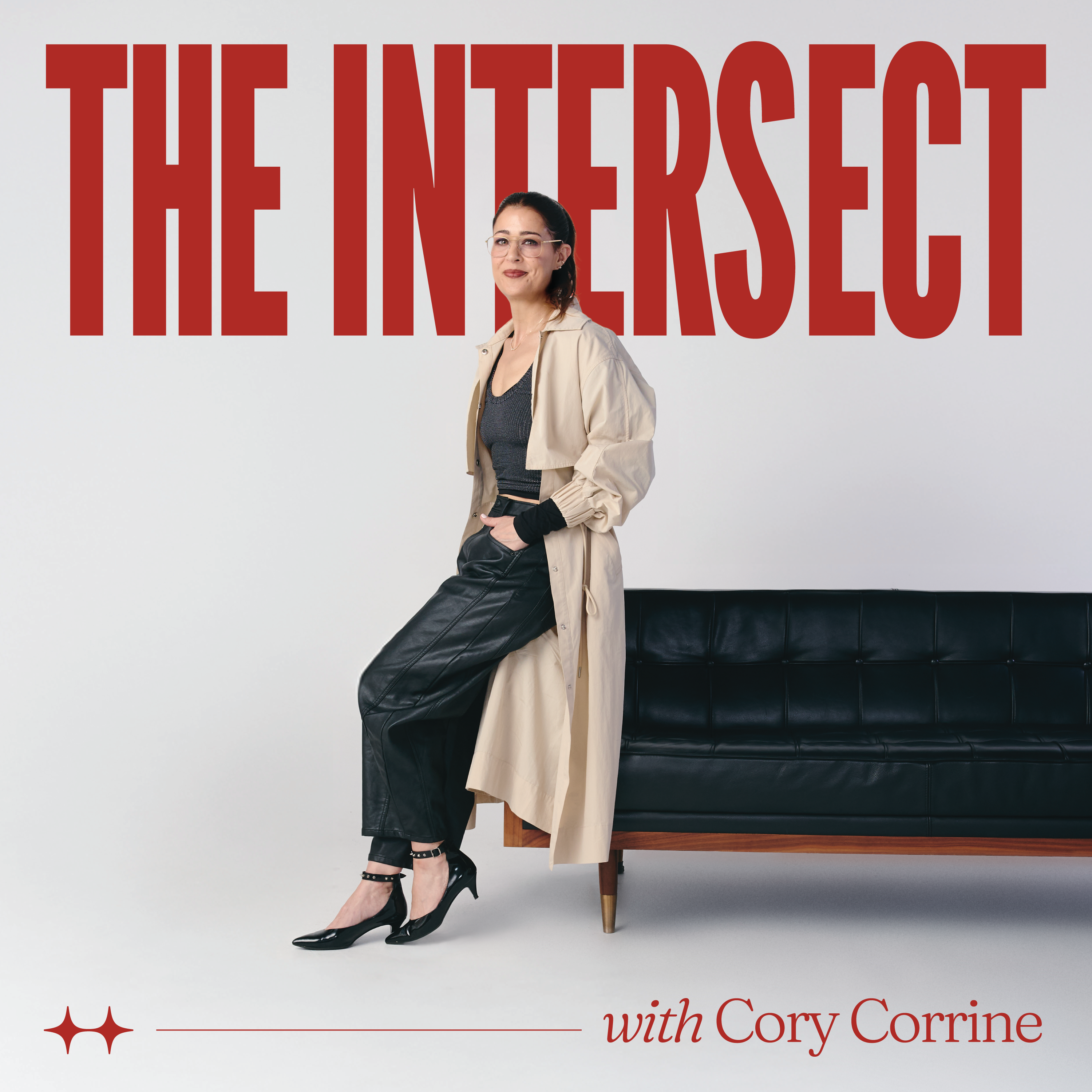
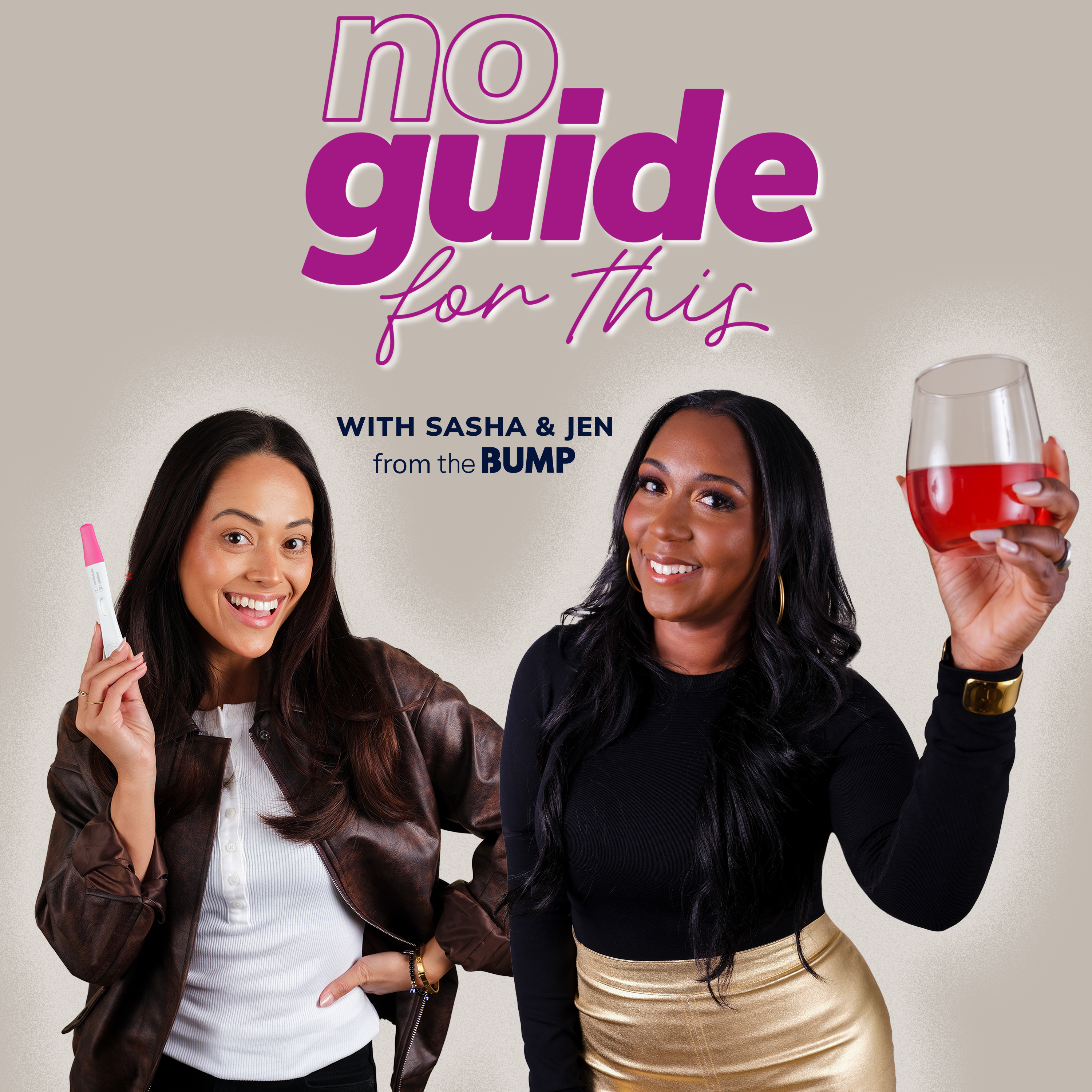

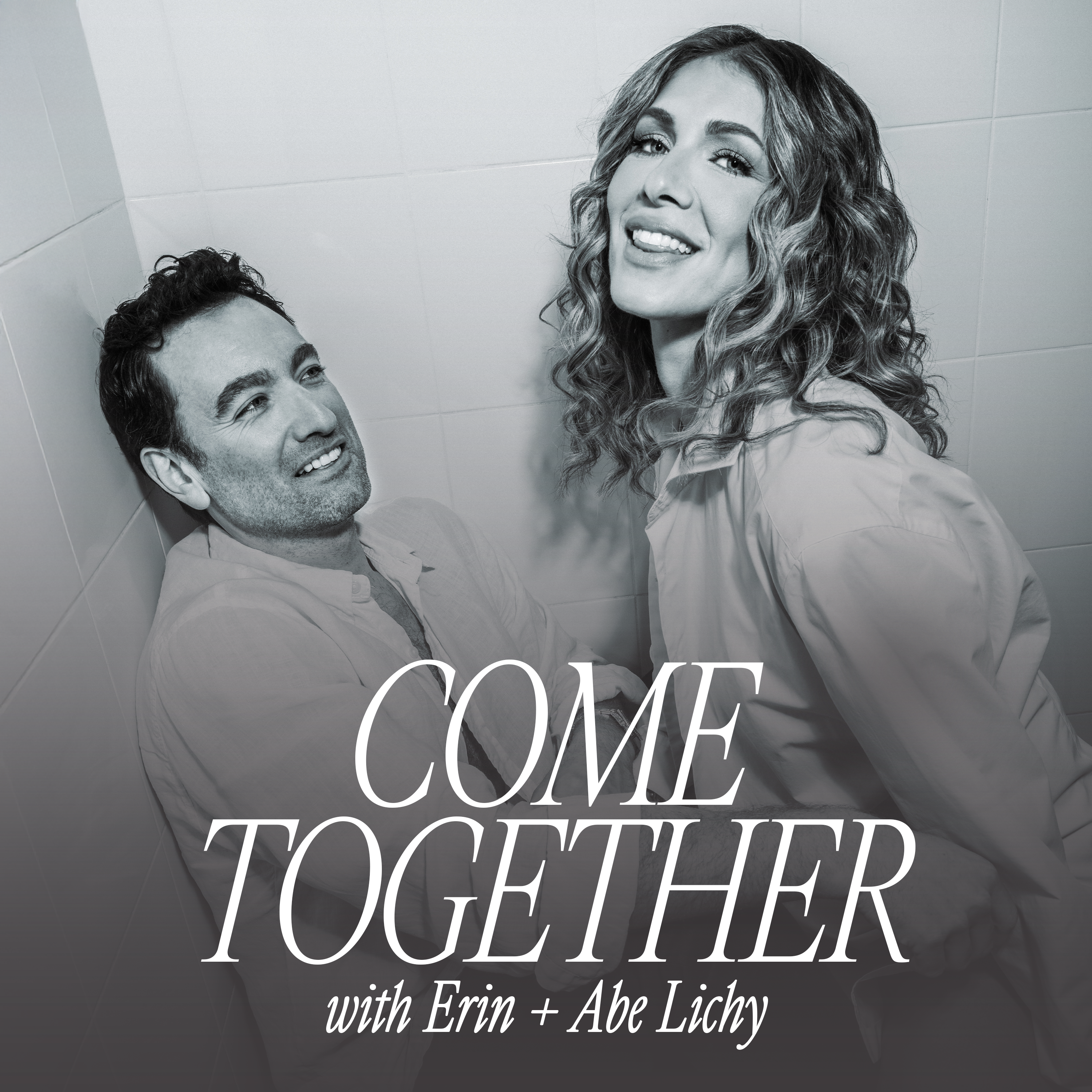
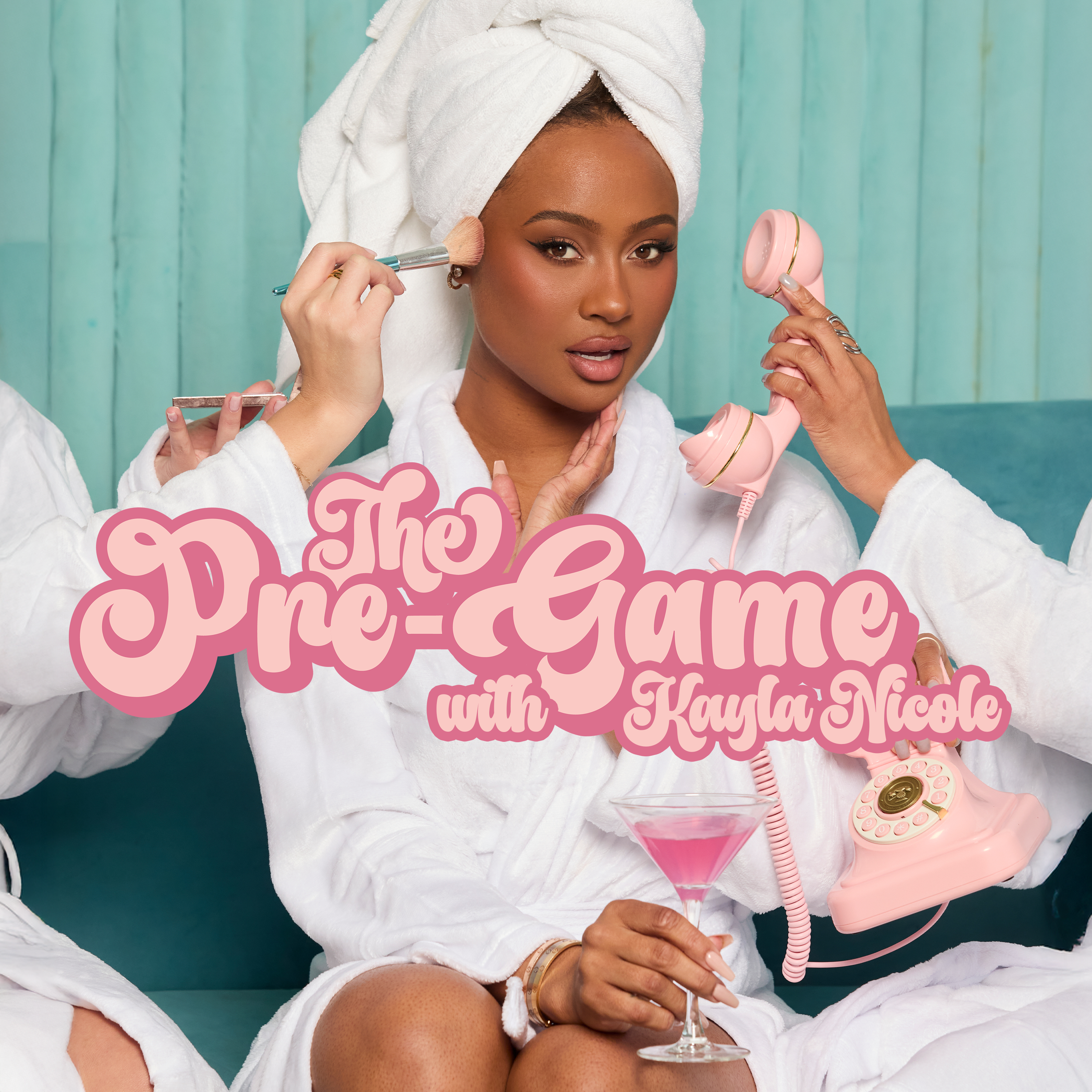

Leave a Reply